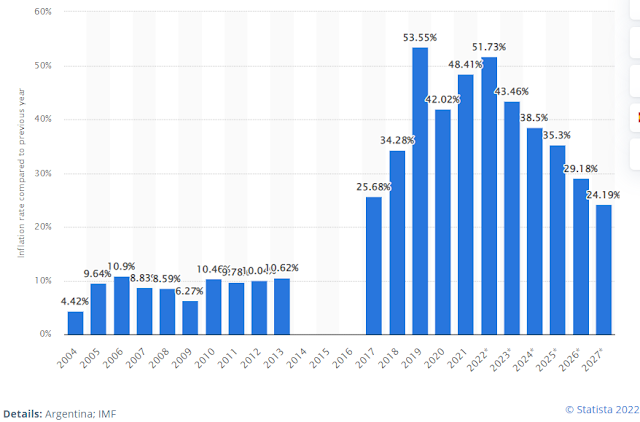Perhaps economists should get involved in the discussion of public policies during political campaigns...
Is the Price Right? The Role of Economic Trade-Offs in Explaining Reactions to Price Surges
Julio Elías, Nicola Lacetera , Mario Macis Management Science
Published Online:4 Jul 2025https://doi.org/10.1287/mnsc.2024.04555
Abstract: Public authorities often introduce price controls following price surges, potentially causing inefficiencies and exacerbating shortages. A survey experiment with 7,612 Canadian and U.S. respondents shows that unregulated price surges raise moral objections and widespread disapproval. However, acceptance increases and demand for regulation declines when participants are prompted to consider economic trade-offs between controlled and unregulated prices, whereby incentives from higher prices lead to additional supply and enhance access to goods. Moreover, highlighting these trade-offs reduces polarization in moral judgments between supporters and opponents of unregulated pricing. Textual analysis of responses to open-ended questions provides further insights into our findings, and an incentivized donation task demonstrates consistency between stated preferences and real-stakes behavior. Although economic trade-offs do influence public support for price control policies, the evidence indicates that even when the potential gains in economic efficiency from unregulated prices are explicit, a significant divide persists between the utilitarian views that standard economic thinking implies and the nonutilitarian values held by the general population.
"Overall, therefore, we document widespread opposition to sudden price surges, motivated in large part by moral and ideological considerations. However, explicitly describing possible economic trade-offs between policy regimes does affect people’s reactions by making them more open to letting prices move freely. This result suggests that people do not immediately consider efficiency or equilibrium considerations when reacting to and expressing a judgment about price surges. When considerations about economic efficiency are missing, moral reactions are highly polarized; when economic trade-offs are explicit, views tend to converge. However, the fact that most respondents still support price control policies in this case suggests that this position derives from normative concerns and not necessarily from a lack of consideration for equilibrium effects and efficiency implications."








